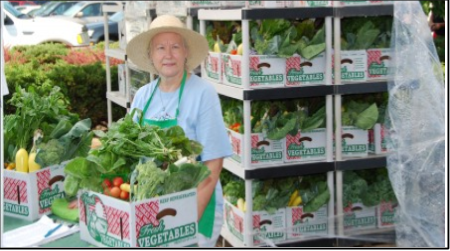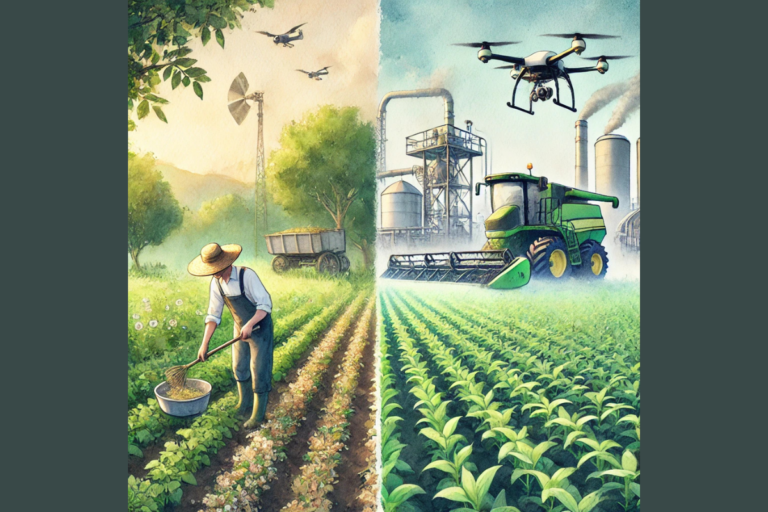the economics of regenerative agriculture: a financial framework for ecological farming
Regenerative agriculture is increasingly recognized as both an environmental imperative and a sound business strategy for farm operations. This analysis examines the economics of regenerative agriculture, exploring the financial implications of transitioning to regenerative practices through recent research studies and real-world farm data. The evidence consistently reveals that while regenerative transitions may require initial investment and a 2-3 year adjustment period, the economics of regenerative agriculture strongly favor these systems in the medium to long term. Studies show potential returns on investment of 15-25% over 10 years and profits reaching as much as 120% above conventional farming earnings.

Please note: The specific numbers, percentages, case studies, and financial metrics presented in this article are illustrative examples based on general patterns reported in regenerative agriculture literature and cited research studies. Individual farm results will vary significantly based on location, soil conditions, management practices, market conditions, and other factors. Farmers should conduct their own financial analysis and consult with agricultural professionals before making transition decisions.
Beyond sustainability to profitability
The agricultural sector stands at a critical juncture. Conventional farming systems face mounting challenges from rising input costs, climate instability, regulatory pressure, and market volatility. Meanwhile, consumer demand for environmentally responsible products continues to grow, creating premium market opportunities for operations that can demonstrate ecological stewardship.
McKinsey research shows that applying regenerative agriculture practices to US corn and soy farms could provide an average of $20 to $60 per acre annually for the first ten years, while comprehensive analysis suggests potential incremental economic value of up to $250 billion over a decade if 80% adoption of no-till and cover cropping practices is achieved.
Understanding the transition economics of regenerative agriculture
The investment framework
Transitioning to regenerative practices involves strategic investments across several categories. Research indicates farmers may need to invest up to $200 per acre up front in regenerative practices, but this investment generates returns through multiple mechanisms:
Primary Investment Areas:
- Equipment modifications for reduced tillage systems
- Cover crop establishment and management
- Soil biology enhancement through amendments
- Knowledge acquisition and skill development
The transition timeline for regenerative agriculture
Research through the USDA-SARE program determined that cover crops take an average of 3 years to break even, then provide profitable returns in subsequent years. This pattern is consistent across multiple regenerative practices:
- Years 1-2: Investment period with potential yield fluctuations as soil biology transitions
- Year 3: Break-even point for most operations
- Years 4+: Positive return on investment begins to compound
Input cost reductions are the primary economic driver for the transition to regenerative agriculture
One of the most consistent and measurable benefits of regenerative systems is reduced input costs across multiple categories.
Reduced fertilizer costs
Research shows significant fertilizer savings: soybean growers saved on average 41 percent, corn growers saved 49 percent, spring wheat growers saved 43 percent, and cotton growers saved 53 percent in fertilizer costs.
Nitrogen Fixation Benefits: Data from Illinois trials shows legume cover crops can fix substantial nitrogen: Fixation balansa clover fixed 50 pounds of nitrogen per acre at four weeks after emergence, representing a cost savings of $30 per acre, and 84 pounds of nitrogen per acre at 10 weeks for a cost savings of $50.40 per acre.
A reduction in pesticide and herbicide usage
Kansas farmer Darin Williams, who incorporates no-till and cover crops on 2,000 acres, reports needing half as much herbicide as his peers; when herbicides cost $20 to $40 per acre, the savings add up quickly.
An overwhelming 91.2 percent of farmers reported seeing improvement in weed control after establishing a solid stand of cereal rye cover crop at least two feet tall at termination.
Regenerative agriculture also delivers savings from water management
Cover crops and reduced tillage significantly improve water retention and infiltration, leading to measurable irrigation cost reductions in many systems.
Yield resilience and risk management are core pillars of the economics of regenerative agriculture
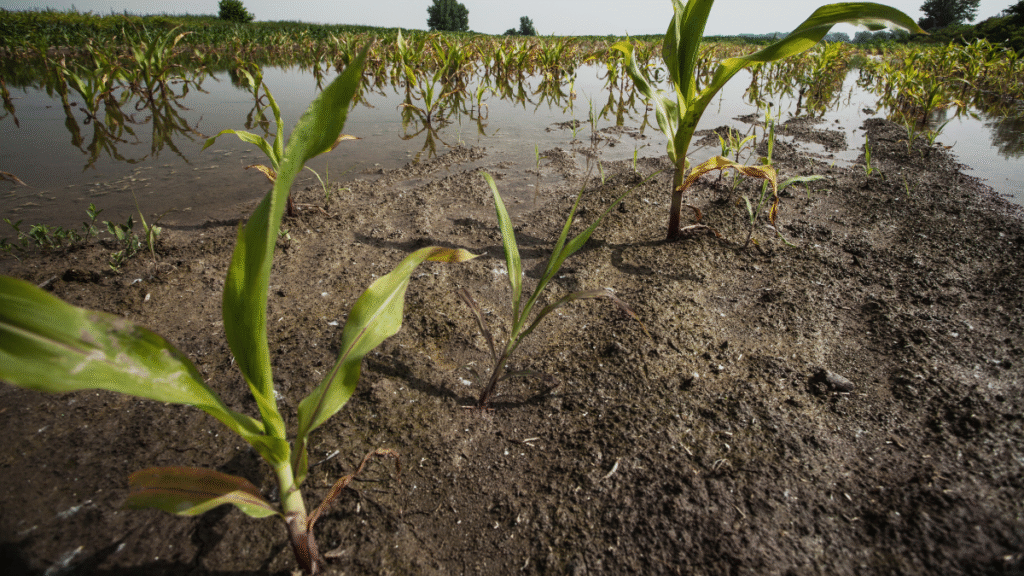
The value of weather resilience
Rather than experiencing substantial yield drops in drought years, farms using regenerative practices see only modest reductions in yield, linked to improved water retention in soil. This “yield insurance” effect provides significant economic value during challenging years.
Long-term yield trends
American Farmland Trust published four farmer case studies examining soil health practices. The studies showed yield increases ranging from 2% to 22%, with average net income increases of $42 per acre per year. Individual results varied significantly, with one California almond grower seeing increases of $657 per acre due to the high value of the crop.
Analyzing the return on investment for the transition to regenerative agriculture
Short to medium-term returns from regenerative agriculture
Recent comprehensive studies indicate farmers could expect a 15-25% return on investment after transitioning from conventional to regenerative agriculture systems, with the transition typically taking three to five years.
Four farms studied by the American Farmland Trust showed an average return on investment of 176%, with individual returns ranging from 35% to 343%.
Long-term profitability from regenerative agriculture
Analysis of Kansas wheat farmers shows that once farmers reach a relatively steady state of regenerative practices, results indicate between 70% and 120% higher profitability than conventional systems.
Economic impact by regenerative practice
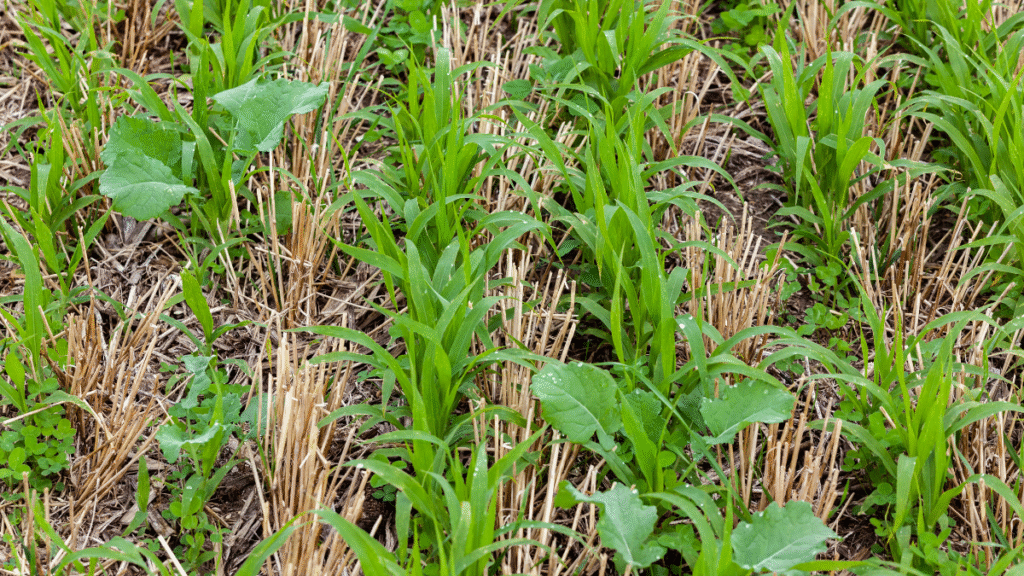
Cover crops
- Investment: Cover crop users reported a median seed cost of $16 to $20 per acre, down from earlier surveys showing $25 per acre.
- Returns: Studies indicate cover crops led to a 4.5 bu/acre higher average corn yield. Considering corn prices of approximately $4.88/bu, farmers would see a $21.96/acre benefit.
- Timeline: Farmers need a long-term strategy for using cover crops to see a return on investment. This is similar to using lime to raise soil pH, which can take upwards of three years to pay off.
Reduced tillage systems
- Investment: Equipment modifications and transition management
- Returns: Reduced fuel, labor, and equipment maintenance costs
- Additional Benefits: Improved soil structure and water infiltration, leading to better drought resilience
Diversified rotations
- Investment: Planning and management complexity
- Returns: Reduced pest pressure, natural soil fertility improvement, and potential premium market access
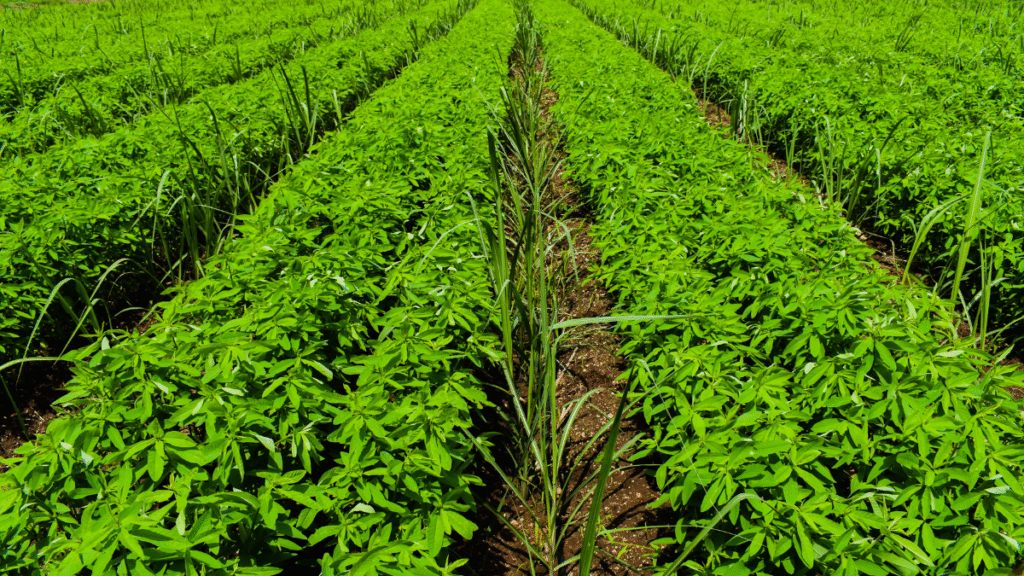
Regional and scale considerations
The impact of climate and geography
The effectiveness and economic returns of regenerative practices vary by region, influenced by precipitation, temperature, and soil texture. Farmers in water-limited regions often see the most dramatic benefits from improved water retention.
Economies of scale
McKinsey research shows regional variability in returns, with some areas showing stronger economic benefits than others based on local environmental and market conditions.
Overcoming the economic transition to regenerative agriculture
Financing
Several financing tools are available today, including cost-share agreements with consumer goods companies, lending programs, and government subsidies. However, no financing option exists at the scale required to support broad adoption.
Available Support Mechanisms:
- USDA conservation programs (EQIP, CSP)
- State-specific incentive programs
- Corporate supply chain partnerships
- Carbon market opportunities
Risk management strategies
Recommended Approaches:
- Phased Implementation: Start with low-risk practices on a portion of the acreage
- Education Investment: Farmers need to factor in time spent learning new skills at conferences, workshops, and meetings with ag consultants
- Professional Guidance: Work with experienced regenerative agriculture consultants
- Peer Learning: Connect with successful regenerative farmers in your region
An economic assessment framework
Key financial metrics to track
Input Cost Analysis:
- Fertilizer expense per acre (baseline vs. regenerative)
- Pesticide/herbicide costs
- Fuel and equipment maintenance
- Labor efficiency changes
Productivity Measures:
- Yield stability across weather conditions
- Soil health indicators correlate with productivity
- Water use efficiency
Market Premium Opportunities:
- Organic certification pathways
- Regenerative certification premiums
- Direct-to-consumer pricing advantages
- Corporate supply chain partnerships
Build your business case
- Step 1: Baseline Assessment Document current production costs, yields, and profitability by enterprise
- Step 2: Transition Planning Design a 3-5 year implementation strategy starting with the lowest-risk practices
- Step 3: Financial Modeling Project costs, yields, and returns under different scenarios using available research data
- Step 4: Risk Analysis: Identify potential challenges and develop mitigation strategies
- Step 5: Monitor and Adjust Track key metrics and adjust strategies based on performance
Challenges for the transition to regenerative agriculture
There are economic barriers
According to a recent McKinsey survey, only one-third of US farmers have a positive view on the ROI for cover cropping, and less than 60 percent hold a similarly positive perspective toward reduced-till or no-till farming practices.
Primary Concerns:
- Among the top concerns for farmers were the time and labor required to plant and manage cover crops (70 percent), the fear of “no measurable economic return” (69 percent), and the potential for a yield reduction in the following cash crop (65 percent)
Be sure to maintain realistic expectations
Important Considerations:
- Results vary significantly by region, soil type, and management skill
- Weather and market conditions affect outcomes
- Learning curve requires patience and adaptation
- Professional guidance accelerates success rates
Regenerative agriculture delivers value beyond pure economics
The value of ecosystem services
The economics of regenerative agriculture extend beyond immediate farm profitability to include ecosystem services that provide both current and future value:
- Carbon Sequestration: Emerging carbon markets offer additional revenue streams
- Water Quality: Reduced input runoff provides regulatory and community benefits
- Biodiversity: Enhanced ecosystem resilience supports long-term productivity
- Soil Health: Asset appreciation through documented soil improvement
Risk mitigation for peace of mind
- Climate Resilience: Diversified farms are often better equipped to withstand losses from extreme weather events, as they are not reliant on a single crop or harvest cycle
- Market Stability: Multiple revenue streams and reduced input dependence create more stable business models
Building a financial framework for the transition to regenerative agriculture
The economic case for regenerative agriculture has strengthened significantly as research data accumulates and successful farms demonstrate consistent patterns of profitability improvement. The evidence shows a positive business case for transitioning to regenerative agricultural practices, but farmers need support when short-term risks are significant during the transition period.
The key economic principles of regenerative agriculture
- Investment Perspective: View regenerative practices as medium-term investments rather than annual expenses
- Systems Thinking: Economic benefits compound when multiple practices work together
- Risk Management: Diversified approaches provide both economic and production resilience
- Continuous Learning: Success requires ongoing education and adaptation
Looking towards the future
For most agricultural operations, the question is no longer whether regenerative agriculture can be profitable, but rather how to design and implement a transition strategy that manages risk while capturing the substantial economic benefits that research consistently demonstrates.
Success in regenerative agriculture economics requires careful planning, realistic expectations, appropriate support systems, and a commitment to the learning process. With these elements in place, the financial returns can support both farm profitability and ecological stewardship for generations to come.
About Ecosystems United
Ecosystems United provides guidance, tools, and community for farmers transitioning to regenerative agriculture. Our approach focuses on practical, stackable solutions that improve soil health and farm profitability.
If you enjoyed this post, please subscribe.
If someone in your network would benefit from the information, please share.
Sources and Further Reading:
This analysis draws from peer-reviewed research, USDA studies, and comprehensive economic analyses published by leading agricultural research institutions. Farmers are encouraged to consult the original sources and work with agricultural economists familiar with regenerative systems for detailed citations and additional research.
References
- American Farmland Trust. (2019). Soil health case studies: Economic impact analysis. Retrieved from https://www.farmland.org
- BCG & WBCSD. (2023). Cultivating farmer prosperity: Investing in regenerative agriculture. Boston Consulting Group and World Business Council for Sustainable Development.
- Deloitte, OP2B, PepsiCo & Unilever. (2025). An analysis of the costs and incentives for regenerative agriculture in Europe. World Business Council for Sustainable Development.
- Hawken, P. (Ed.). (2017). Drawdown: The most comprehensive plan ever proposed to reverse global warming. Penguin Books.
- McKinsey & Company. (2024). Revitalizing fields through regenerative agriculture practices. Retrieved from https://www.mckinsey.com/industries/agriculture/our-insights/revitalizing-fields-and-balance-sheets-through-regenerative-farming
- Project Drawdown. (2024). Regenerative annual cropping. Retrieved from https://drawdown.org/solutions/regenerative-annual-cropping
- Sustainable Agriculture Research and Education Program. (2020). 2019-2020 Cover crop survey report. USDA-SARE.
- USDA Agricultural Research Service. (2024). The economics of regenerative agriculture: Interview with Dr. Michel Cavigelli. Retrieved from https://www.ars.usda.gov/oc/utm/the-economics-of-regenerative-agriculture/
- WBCSD. (2023). Farmers stand to see increase crop yields and profits with 15-25% return on investment by transitioning to regenerative farming practices. World Business Council for Sustainable Development.

